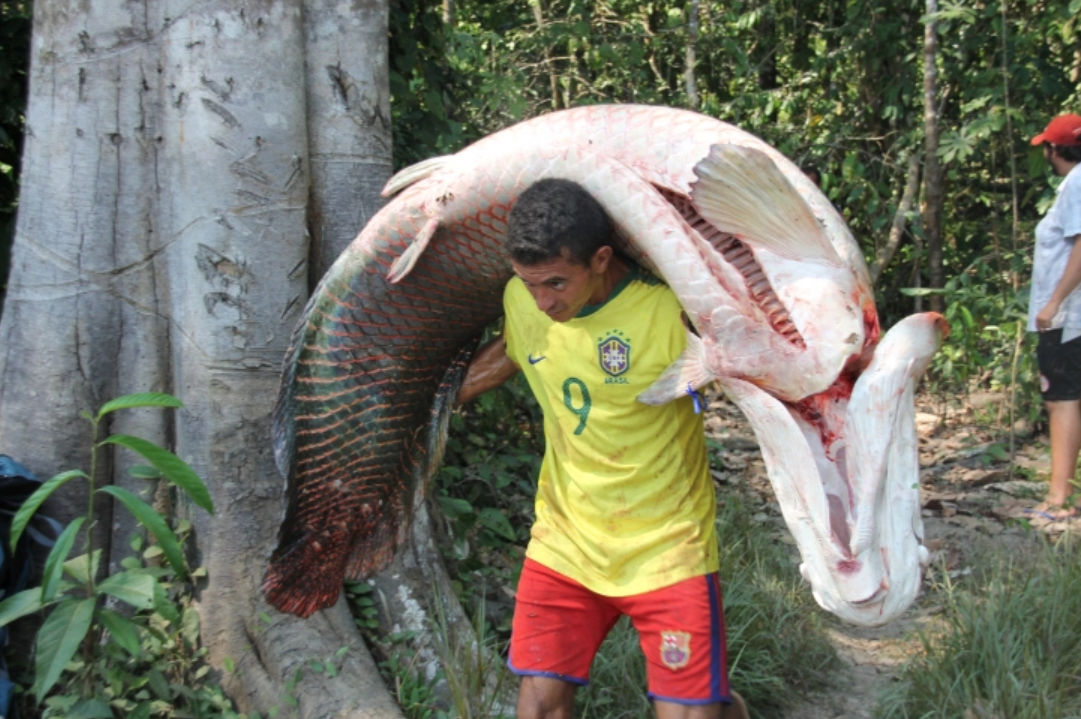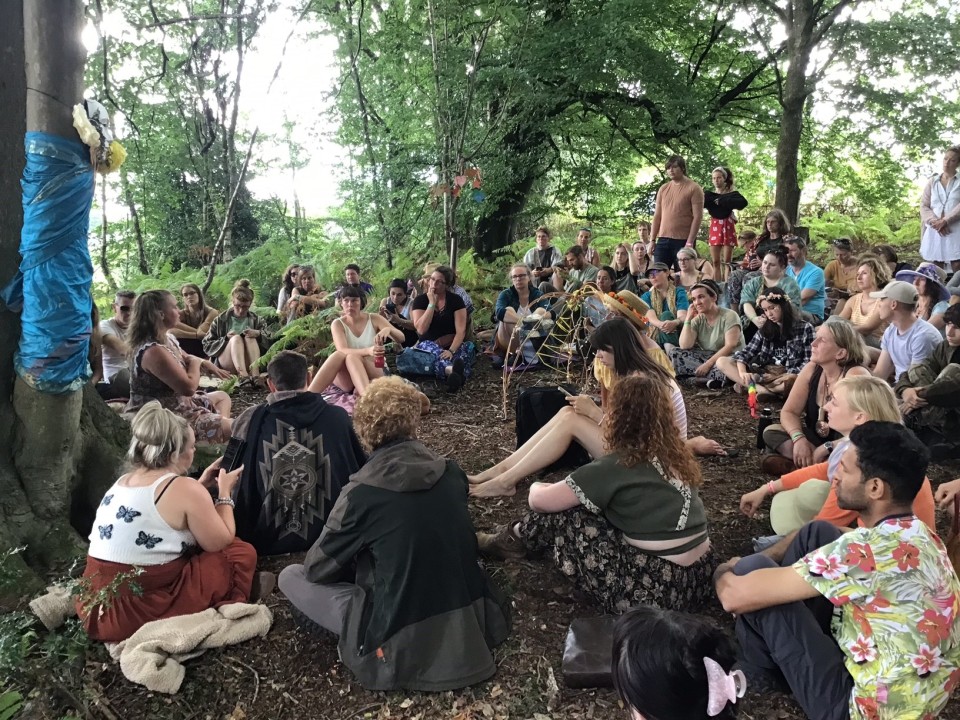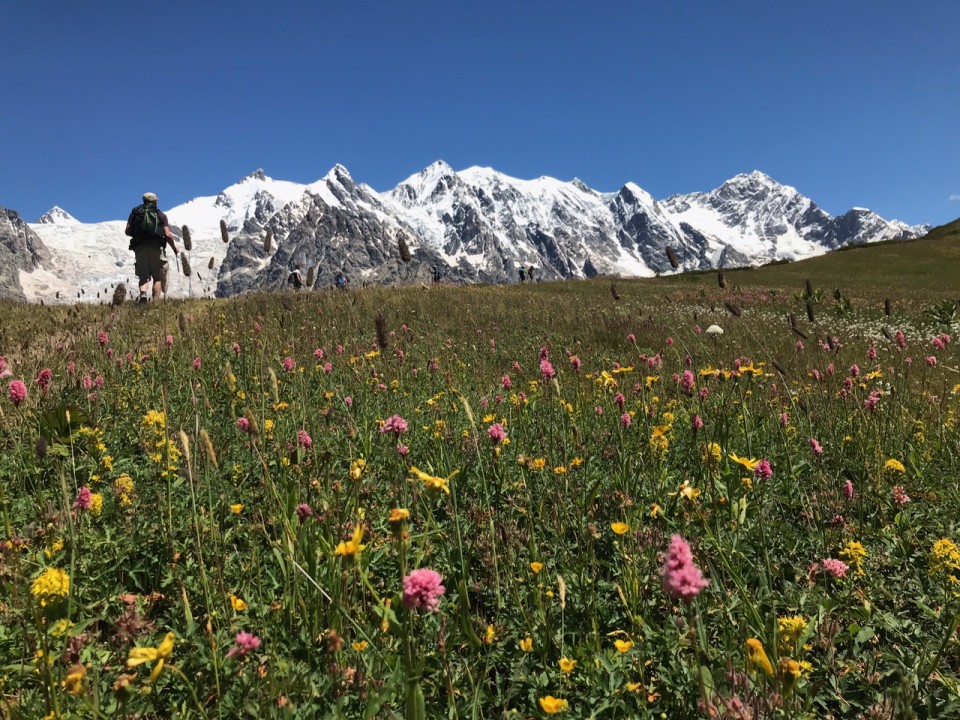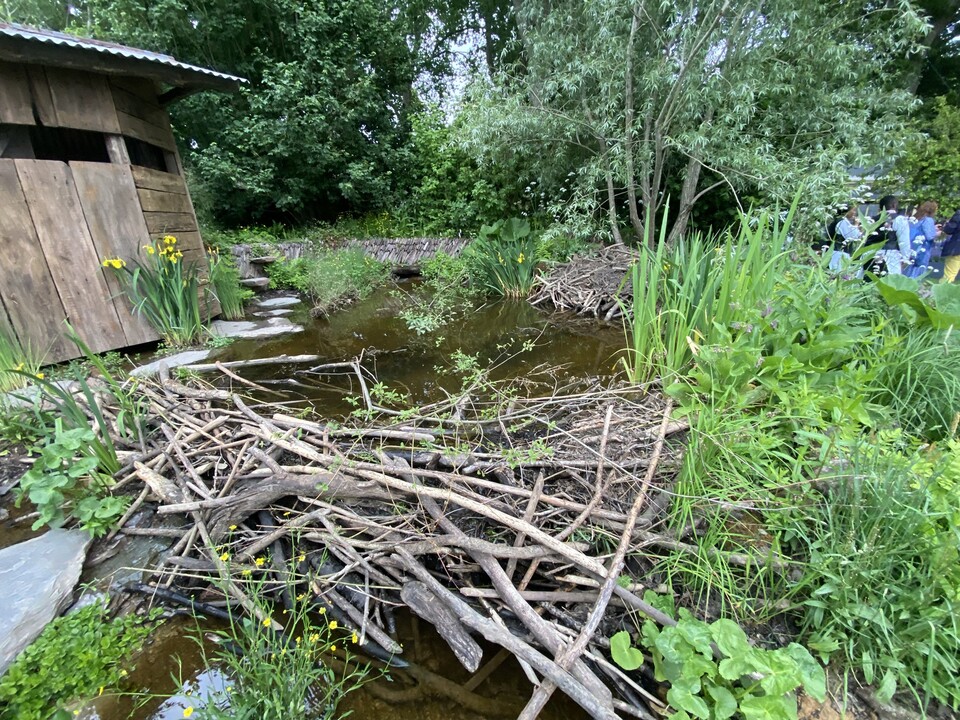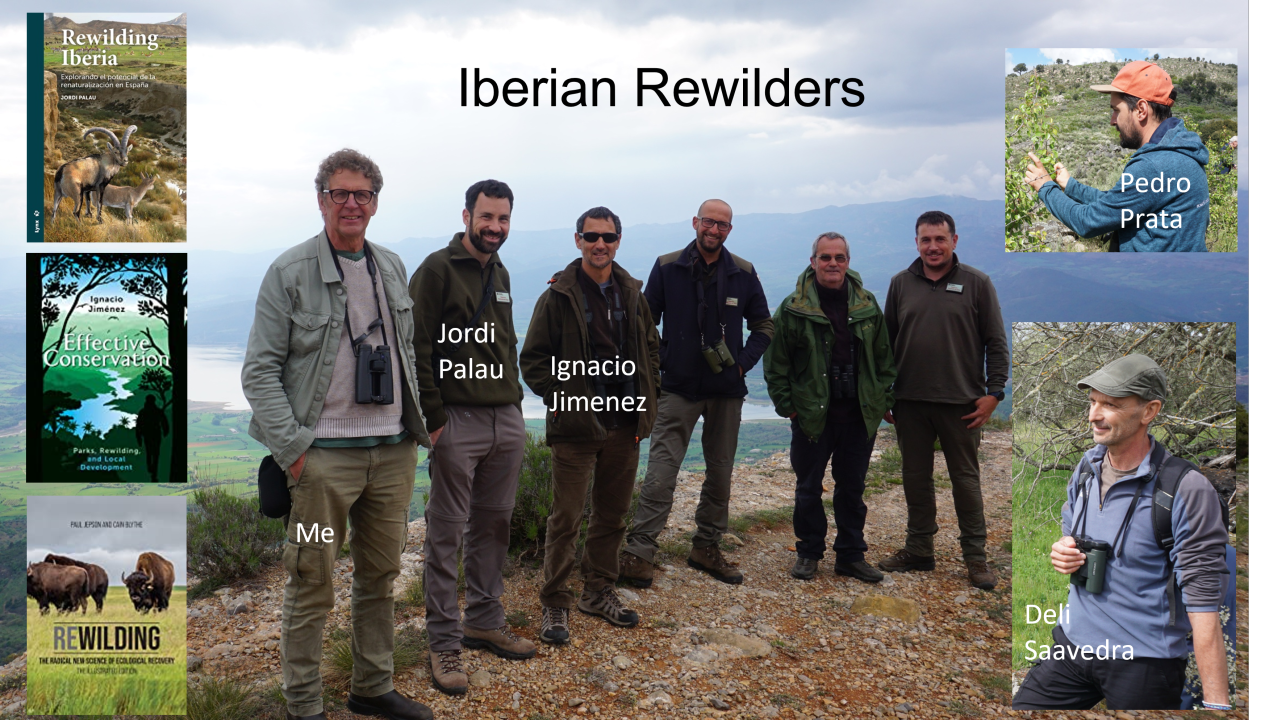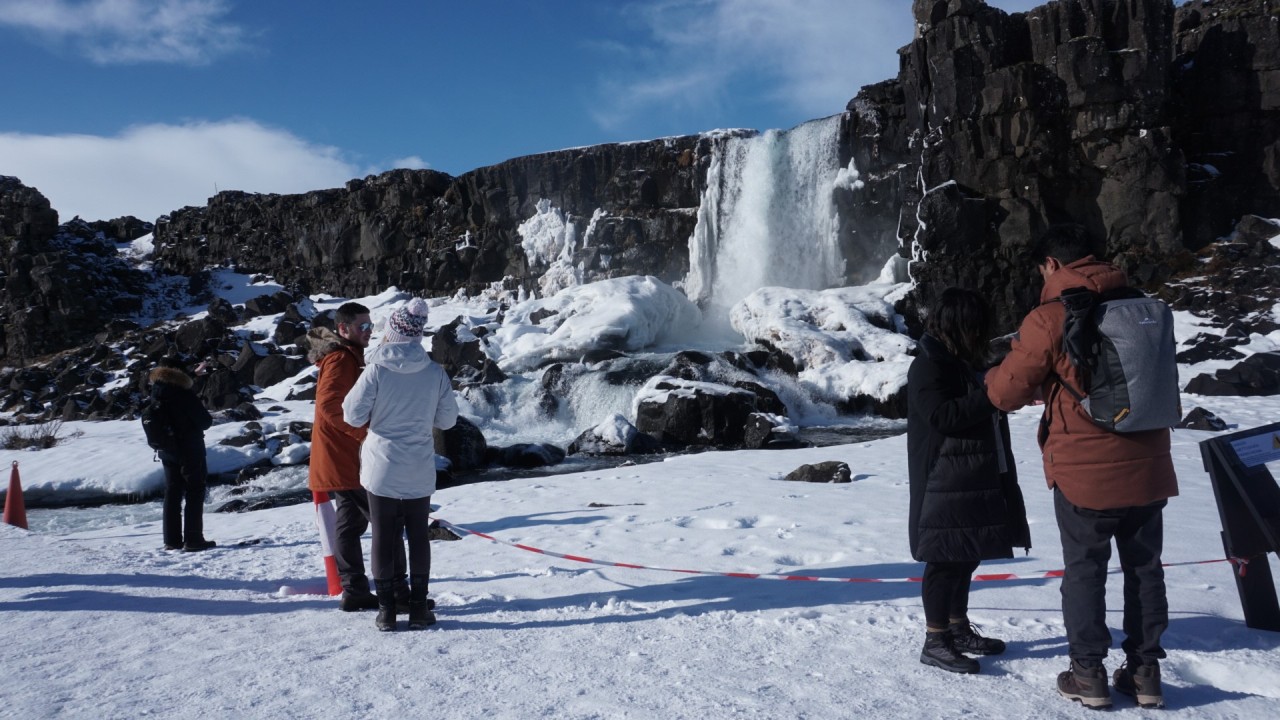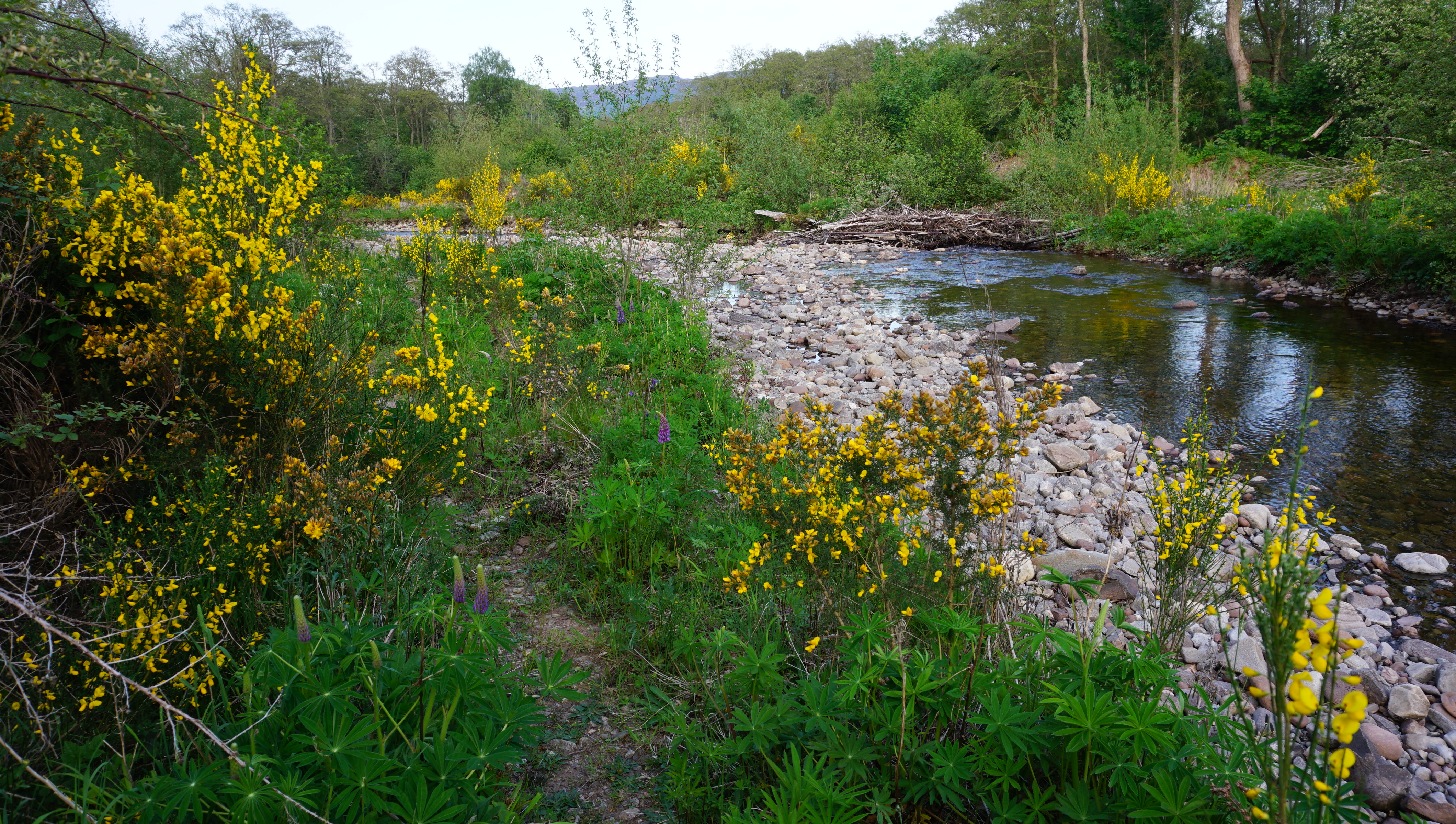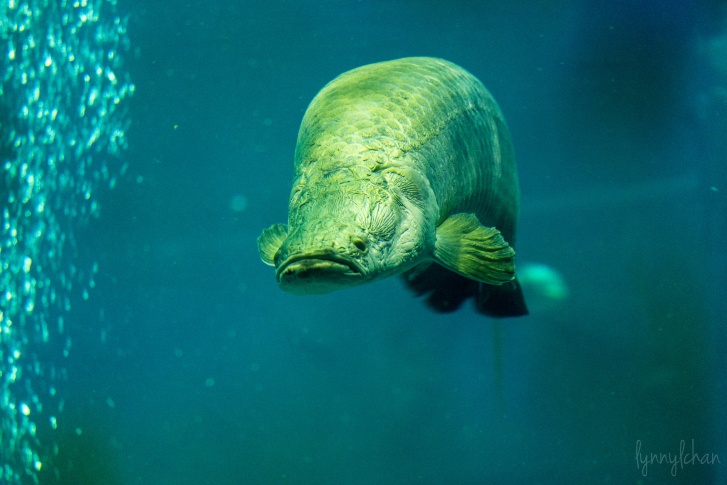
The arapaima, a fish native to the Amazon Basin which can grow to over three metres in length. Image: Lynn Chan | Flickr Creative Commons
Arapaima are one of the world’s most unique freshwater animals. A true ‘megafauna‘ species, these huge fish (which can grow to more than three metres in length) are native to the to the Amazon and Essequibo basins of South America.
Arapaima habitats change in depending on water levels, and these freshwater giants can become trapped in small floodplain lakes during the dry season. However, their ability to breathe air using a specially-adapted swim-bladder allows the arapaima to survive, even in such low-dissolved oxygen environments. As a result, the arapaima must periodically rise to the surface, which makes it vulnerable to fishing pressures. However, scientists do not have enough data on the health and distribution of arapaima populations to accurately assess their conservation status.
The arapaima is an important cultural animal for local communities in the Amazon and Essequibo basins, whether as a foodstuff, source of medicine (its tongue) and clothing (its skin); or as the inspiration for stories and folktales. As a result, there is increasing interest in community-based approaches for conserving arapaima populations.
Last year, Brazil’s prestigious national science prize for the best PhD thesis was awarded to Joao Vitor Campos-Silvafor his research entitled “Community-based management of Amazonian giants”. On a recent trip to Brazil, Paul Jepson – former manager of this blog with BioFresh, and now Nature Recovery Lead at Ecosulis – caught up with Joao to find out more.
+++
Paul Jepson: Congratulations on your prize. This year’s topic was biodiversity conservation and social transformation. What do you think it was about your research that impressed the judges?
Joao Vitor Campos-Silva: Brazil, like many countries is searching for new models and paradigms to reconcile nature conservation and development. My research assessed the ecological and quality-of-life outcomes of two large community based-management initiatives in the Amazon linked to arapaima and freshwater turtles.
Scientific research often seems to provide yet more evidence of declines, however based on long-term participating monitoring data I was able to show that arapaima and freshwater turtle numbers have rebounded and the communities are flourishing. I think the judges liked the fact that I was telling a positive story of how a community had transformed the way they managed freshwater resources, and how the recovery of these resources is opening new community opportunities.
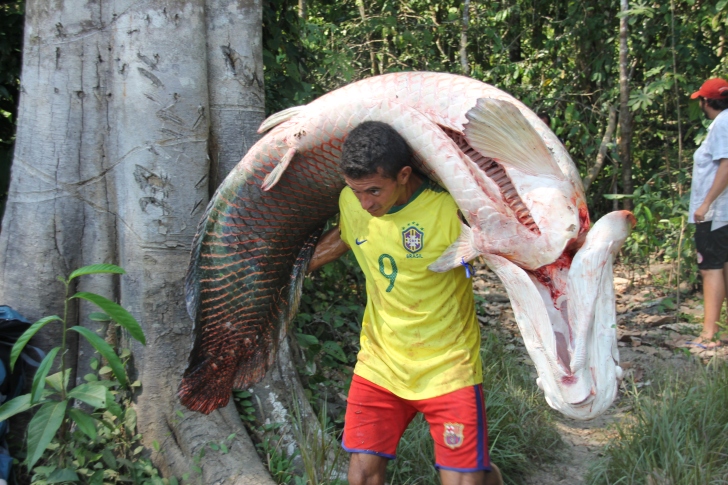
The arapaima (Arapaima gigas) is the largest scaled freshwater fish on Earth. It evolved in the ancient Lake Pebas which had low oxygen concentrations. For this reason the arapaima evolved to be an air breather. It is nowadays restricted to the Amazon flood plain and reaches weights of 220 kg, although historical books report specimens up to 350kg. Image: Carlos Peres
PJ: Tell us more about the community whose management you researched and the arapaima. What is the ‘communities approach’ to arapaima management and how did it come about?
JC-S: The arapaima is an awesome fish – it is like a monster and people are very curious about it. People from outside Amazonia wonder how it can be caught. Among the Amazon people it has huge cultural importance: one origin myth believes that people and arapaima came from the same brothers! It seems to be something of an icon for everyone. During the 1970s fishing vessels from outside arrived to catch arapaima and freshwater turtles. As well as causing steep declines in the populations of these species, lots of other fish species were caught threatening the local community’s food security.
Community leaders in the Medio Jurua – the area I studied – heard about a community arapaima management approach being developed in the Mamirauá Sustainable Development Reserve, 2000 km away. Briefly, local fishermen in Mamirauá told a fishery scientist called Leandro Castello that they knew a way to count arapaima, and together they developed a robust survey method. At the time the government was establishing sustainable use reserves and promoting zonation approaches.
In the Medio Jurua region a social organisation had formed in response to the rubber tapper movement of the 1970s, and they helped communities to organize to zone lakes, agree catch rules and organized the sale of arapaima and other natural resources to external markets.
PJ: So how did you get involved in the area and what were your research motivations?
JC-S: I started to work at Jurua River 10 years ago. After completing my masters, I got a job with the government of Amazonas State to coordinate participatory monitoring initiatives in their sustainable use reserves. Through this role I got to know Prof Carlos Peres who is a leading Amazonia researcher based at the University of East Anglia in the UK.
I saw that Jurua river was a bright spot in Amazon conservation, where the model of social organization offers hope and optimism for combining biodiversity protection with improvements in people’s local well-being. Prof Peres and I secured a Darwin Initiative grant and this enabled me to enroll for a PhD and make a comprehensive study.
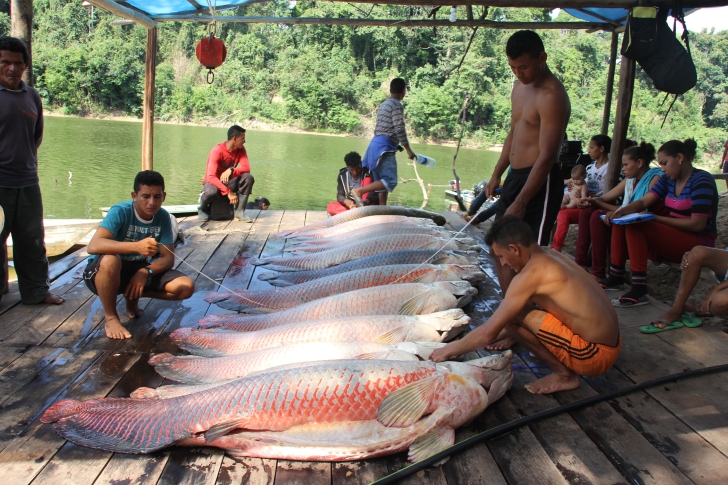
Arapaima on jetty. Arapaima are caught with nets and harpoons. The local social association has purchased a purpose-built boat with ice storage to transport arapiama to the city of Carauari from where they are transported by river to Manaus – a 10 days journey. Image: Carlos Peres.
PJ: Your 2016 paper in Scientific Reports demonstrated remarkable recoveries in arapaima populations as a result of management. Tell us about the scale of these recoveries and their impacts for the communities.
JC-S: In the paper I analysed eight years of participatory monitoring data. This showed a thirty-fold increase in arapaima numbers in protected lakes compared with unprotected lakes. The overall population growth was over 400% in eight years. In some lakes there were originally only 20 arapaima remaining, and now there are 2000 or more!
The protected lakes act like high-interest saving accounts for the people. The arapaima are harvested once a year and generate around €8,000 per managed lake. This income is divided among participating families who are then investing together in improving local social infrastructure such schools and health posts. Moreover, the lakes provide a source of social security, with local people able to draw on other fish resources according to their needs. Another thing to mention is that arapaima management is addressing historic gender inequalities in the communities – women are included in the decision-making, income generation and in planning the use of natural resources.
PJ: In your view, what was the key to the success of this community management approach, and are there aspects that can be replicated elsewhere?
JC-S: I think that this Jura model has some special ingredients, including culturally important species, clear economic returns, strong local knowledge and a willingness to respect both locally generated and Federal rules. The combination of collectively agreed spatial zoning with no-take areas and a strong social organization has ensured compliance among users. Most people see the benefits – in terms of their livelihoods and life-quality – of respecting the rules and collectively managing the fishery.
The challenge of course is to replicate this model at a large-scale across the Amazon Basin. Now we have 30 areas adopting a similar model, and involving more 400 communities. The big challenges are ensuring fairness around the fisheries. By this I mean that middlemen don’t capture too much of the value. We also need to put in place the infrastructure to transport the fish – they are big, there are a lot of them, and it’s a long way to markets in Manaus and other Brazilian states!
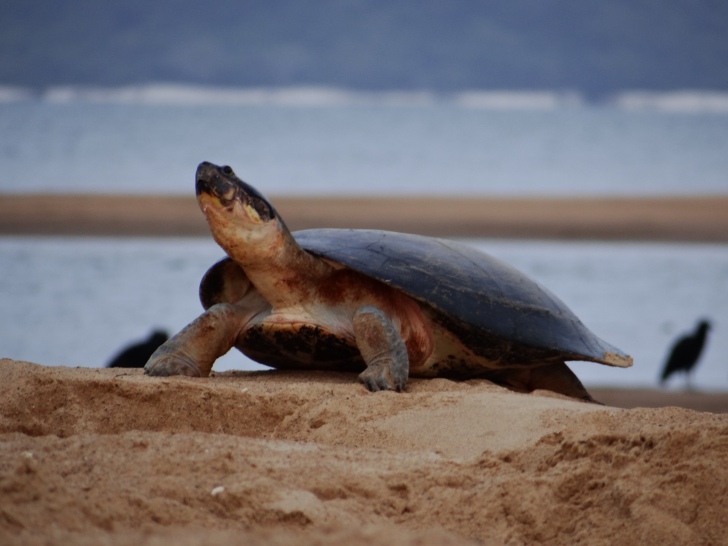
The Giant South American Turtle can reach 90 cm in length and 75 kg in weight. Image: Priscilla Miorando
PJ: I understand you also researched community management of freshwater turtles. Tell us a little about that aspect?
JC-S: Alongside arapaima management the communities also started to protect freshwater turtles nesting on river beaches. The Giant South American Turtle (Podocnemis expansa) was also badly over-exploited but our research showed that community protection of beaches has induced a large-scale population recovery of this and other turtle species along a 1,500-km section of a major tributary of the Amazon River. We showed that egg collection happens in just 2% of nests on protected beaches, compared with 99% on unprotected beaches.
These activities have not yet generated economic returns. This is a problem because dissatisfaction is growing among community guards who get very little return for what can be dangerous work. Many are now on the brink of giving up and the long-term viability of this approach will require the development of revenue streams independent of the food support they receive from the government and NGO partners.
PJ: Your 2018 paper in Nature Sustainability talked about the ‘collateral benefits’ for other species of turtle protection. What were these?
JC-S: Beside the population recovery of the turtles we showed conservation benefits for a wide range of other species, including caimans, catfishes, river dolphin, green iguana, migratory birds and even invertebrates. The protected beaches become thronging and dynamic places of bio-abundance. A friend of mine, Karla Koehler, captured this difference in a nice sketch.

Illustration of the ‘collatoral’ conservation benefits of protected beaches (left) versus no protection (right) in the Amazon Basin. Image: Karla Koehler
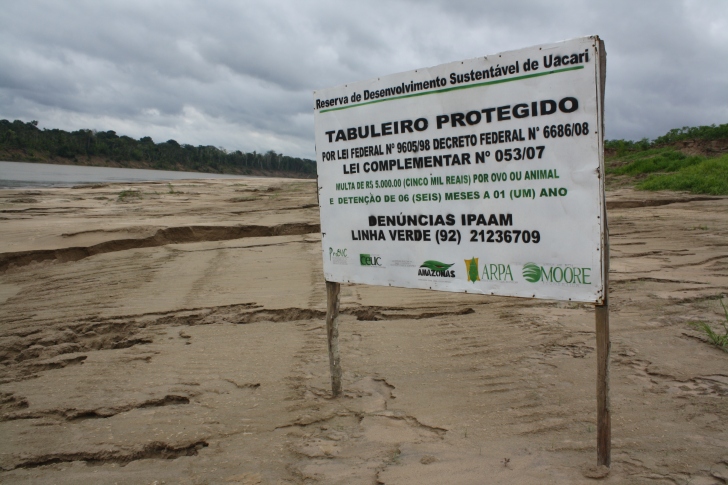
A protected beach in the Amazon Basin. Image: Joao Vitor Campos-Silva
PJ: Traditionally Brazilian conservationists have adopted a protectionist approach to species conservation. Your research seems to show that sustainable use can work – do you think that attitudes are changing?
JC-S: Many older conservationists in Brazil believe that conservation and social outcomes are not possible in the same package. Sometimes I feel that phrases like ‘bottom-up’ and ‘community-based’ are assigned to initiatives that are in reality still top-down or externally managed. Many of these have failed and this may reinforce the perception that ecological recovery and community development are incompatible.
Community-based approaches are certainly not a panacea, but neither is it a naïve narrative. There are more than six million people in the Brazilian Amazon aspiring to basic improvements in their quality of life. By providing nature-based pathways to achieve this community-based resource management can counter the forces of deforestation and biodiversity loss. There is a younger generation of government officials who much more open to this way of thinking.
+++
Cited papers:

